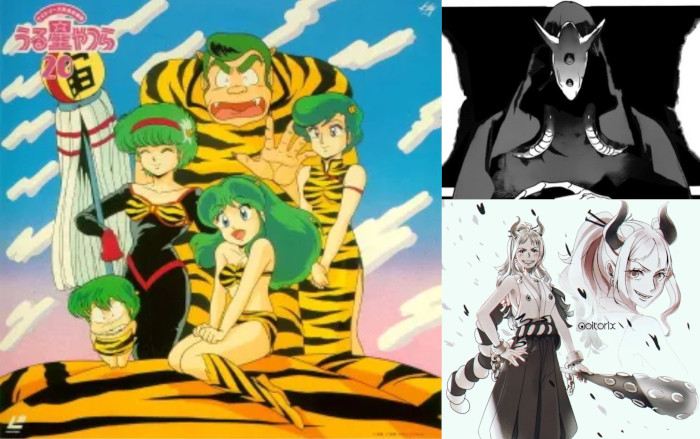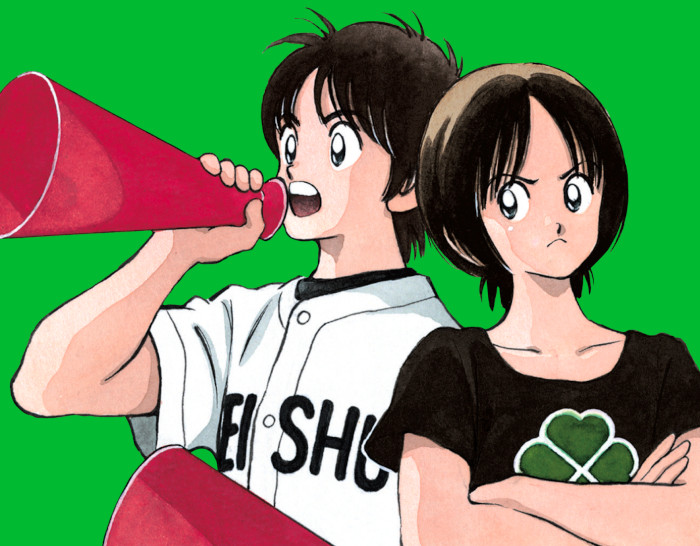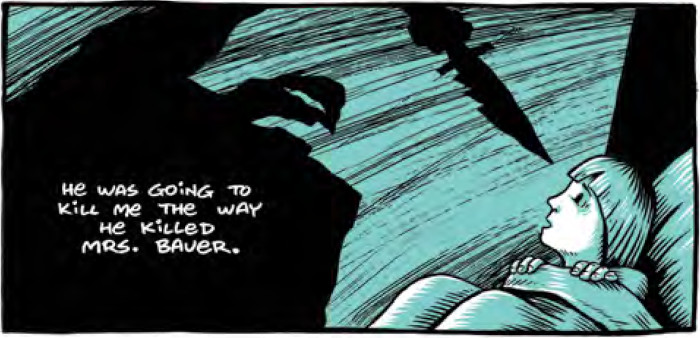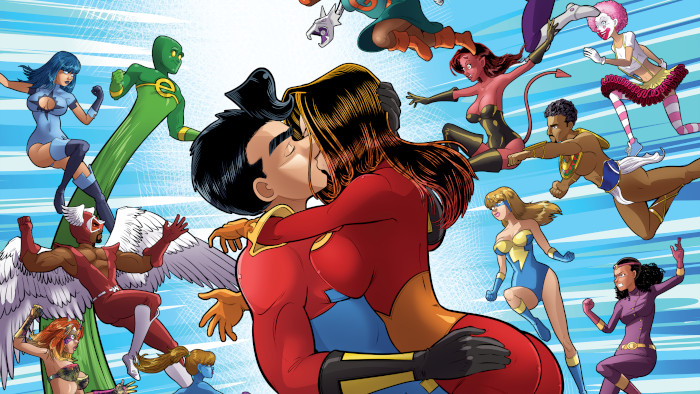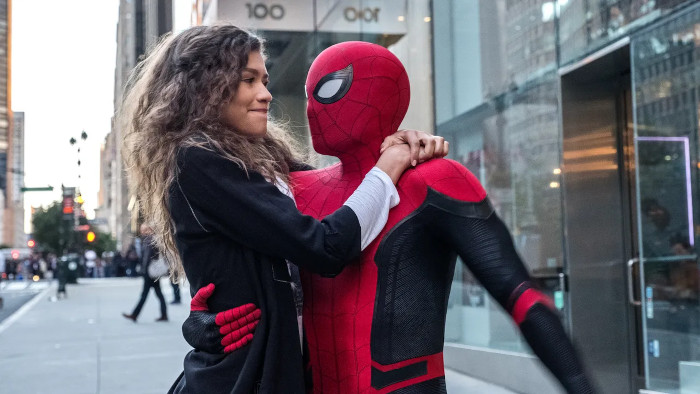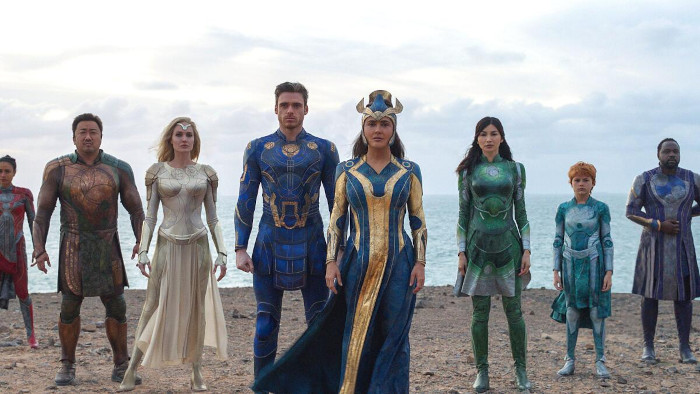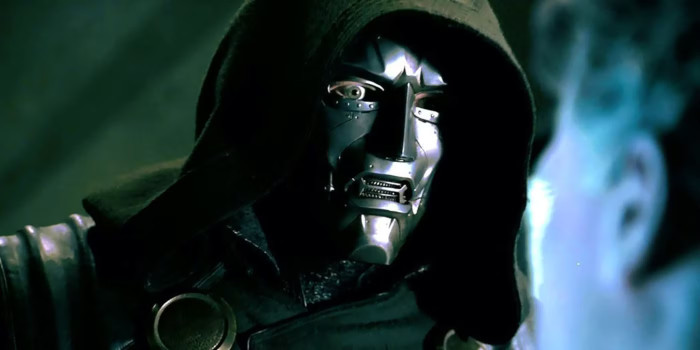
While the 2005 film Fantastic Four gives us, debatably, a well-casted group of heroes, with plenty of comics-accurate details, the script does no favors to Dr. Doom. What are his goals, other than “taking everything back” from Reed? Why is he a CEO instead of a despot? Who the heck gives a frightening metal mask as a thank-you gift?? This time, Tim, Kumar, and Jordan (in a crossover with the Comic Book Movie Oblivion podcast) conclude their look at this film, and cap it off with a review of its endless development process.
Brought to you by:
Podcast: Play in new window | Download


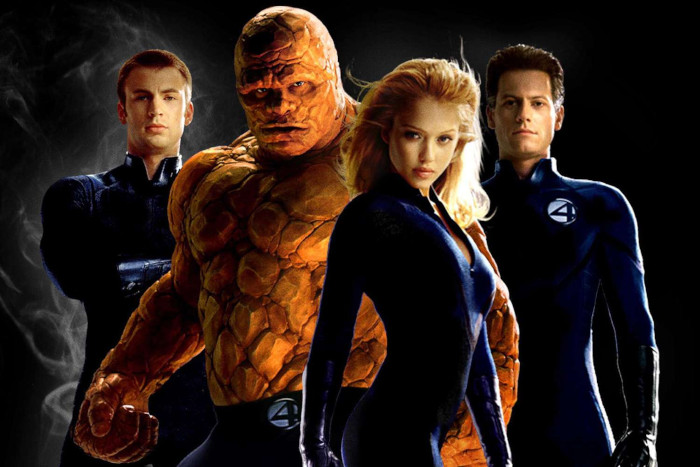
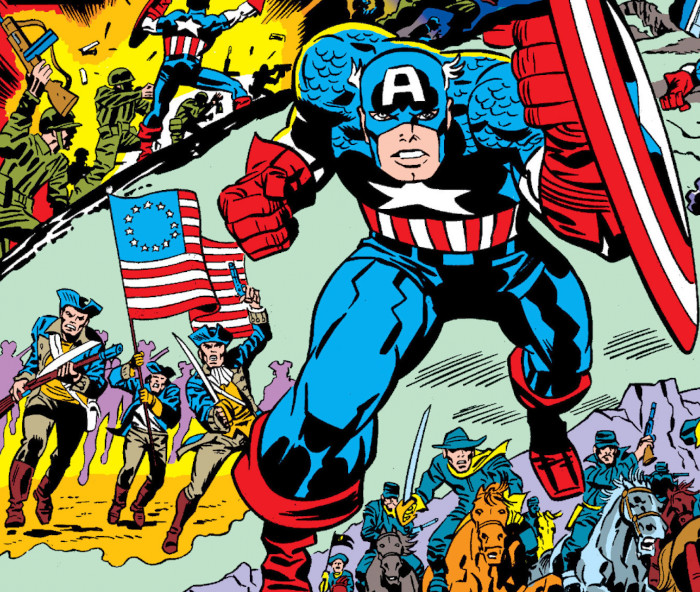 Captain America was the obvious choice of a character to help Marvel celebrate the USA’s bicentennial in 1976. The job of doing that went to Jack Kirby, co-creator of the character. Naturally, that meant a story full of hard-hitting moments, and one that gets a bit treacly at the end, but also doesn’t back away from difficult moments in US history. This week, Tim and Emmet discuss the treasury-size special Captain America’s Bicentennial Battles.
Captain America was the obvious choice of a character to help Marvel celebrate the USA’s bicentennial in 1976. The job of doing that went to Jack Kirby, co-creator of the character. Naturally, that meant a story full of hard-hitting moments, and one that gets a bit treacly at the end, but also doesn’t back away from difficult moments in US history. This week, Tim and Emmet discuss the treasury-size special Captain America’s Bicentennial Battles.